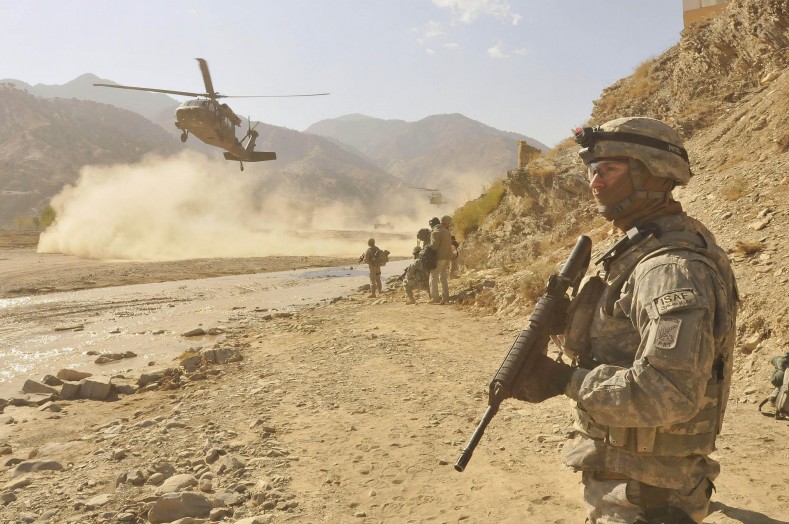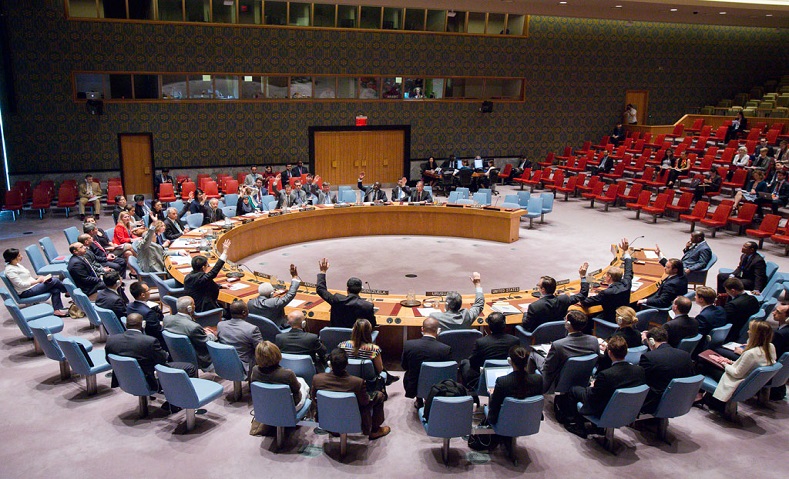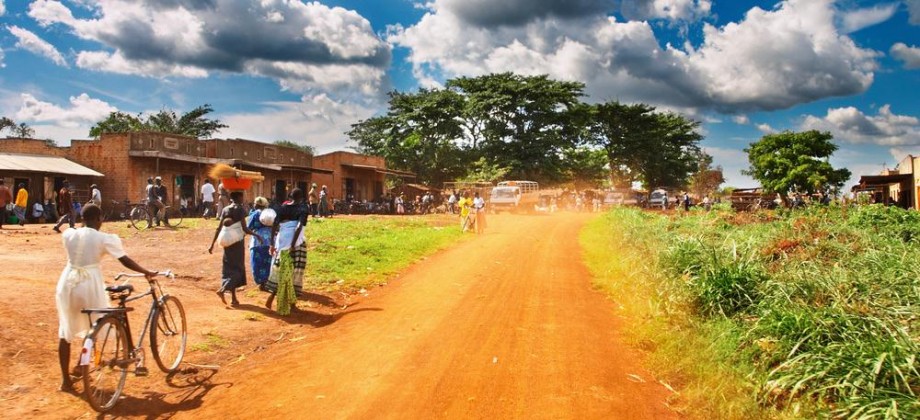In recent years, there has been increasing focus on the role of women in development. A number of countries have committed themselves to tackling gender issues with the goal of improving the socio-economic status of women. This position of women is seen to be crucial for achieving wider developmental and social goals. Kenya, for example, has initiated a number of activities and policies that address the socio-economic empowerment of women, ensuring its integration in national development strategies aimed at achieving targets such as the Millennium Development Goals. Furthermore, efforts from International Organisations (IOs) and Non-governmental organisations (NGOs) have also contributed to the advancement of gender equality, especially within the education sector. However, their efforts do not always reach local women’s groups in rural Kenya, who themselves struggle to access the necessary information available to them. Although there exist initiatives that attempt to resolve this crucial chasm, improving connectivity is the key to local women’s groups partnering up with other actors in order to strengthen rural development.
Since the 1990s, an increasing number of women’s groups have been formed at both the grassroots and the national level in Kenya. Women’s groups make up the majority of local initiatives in rural development and they can play a fundamental role in the alleviation of poverty and addressing the social problems in their local communities. The motivations behind the formation of these groups vary from groups and communities: some groups are formed primarily to improve the living standards of their members, and some often in response to challenging situations faced by the community at the time, such as prolonged drought, famine or at times of socio-economic stress. Some groups, such as the Mwethya women’s groups of Machakos District, are known for their commitment to water and soil conservation activities. On top of the need to conserve land, the key factors for the groups’ motivations is also the training, education and advice they receive.
Many women’s groups have multiple agendas, and act as catalysts for manifold national development targets. These include poverty alleviation and the eradication of hunger, promote gender equality and empower women. A number of women’s groups in Nyamusi Division in Nyamira County, that undertake women economic empowerment programs engage in activities of income generation such as merry-go-rounds, known as a chama. A chama is a scheme where members pool their resources for investment, allowing them to access the resources to address individual, family or community challenges. Women’s groups in the Nyamusi Division also run programs that range from household poverty reduction programs; education programs, for example to address the need for equal opportunities for boys and girls in schools; or health initiatives to raise awareness in the community of the importance of good nutrition and hygiene, and the effects of HIV/AIDs; as well as social initiatives to raise awareness and tackle gender-based violence.
And yet despite evidence reporting the contributions of women’s groups to community-based activities and socio-economic and national development, there is still a crucial gap between the national and international entities working towards universal development goals, and the women’s groups who are contributing to these same goals. Efforts have certainly been made by governemental organisations, IOs and NGOs to increase funding and support for women in Kenya. NGOs have contributed to the facilitation and support of women’s groups, many of which provide guidance, loans, materials or training. Governmental efforts have also contributed to the economic empowerment of women, such as the Uwezo Fund and Women Enterprise Fund, are initiatives to finance and support women-led businesses and enterprises throughout the country.
However, these governmental initiatives are not reaching many women, let alone many rural women’s groups. Studies reflect that there are still barriers impeding the success of these women’s groups, and inadequate funding is a primary concern. For the women’s groups in the Nyamusi Division, this is certainly one of the leading obstacles they face. Lack of funding along with high levels of poverty mean that many programs, including merry-go rounds and income generation activities struggle to remain sustainable and effective, especially when individual members are unable to contribute financially and are obliged to leave the group. A problem that often occurs with NGOs supporting women’s groups is the traditional structure and approach that still drives many NGOs. They have a tendency to create dependency through non-local leadership. NGOs setting their own agendas instead of listening to the agendas set by local groups, make the latter adapt to the former. This then leads to a donor-recipient relationship, with the relationship turning into one of one-directional need, rather than partnership. Other constraints that can hinder their potential advancement include certain cultural norms, which can prohibit the full participation of women in rural development, such as women’s rights to land and property. Despite the elimination of gender bias in Kenya’s legal framework, many women are still unaware of laws that protect their rights to property ownership.
In addition to these barriers, there is another important question to explore: if the government’s incentive is there, why is it not going to the women that need its support? For many women’s groups, the answer is simple: they lack access to the knowledge and the tools necessary to connect to these opportunities. Many women’s groups lack the information to access funding and support; in fact, rural women’s access to current information in general is one of the major challenges facing women in developing countries. Access to relevant and affordable information is particularly scarce for those who are marginalized either by their locality, gender or due to limited access to other resources. Another important factor is poor infrastructure, which imposes constraints on women’s groups.
The importance of access to information cannot be underestimated, it is the gateway to finding essential knowledge, resources and funding required for the success and sustainability of women’s groups. There have been some innovative approaches to tackle the lack of access to information, such as the Association of Media Women in Kenya who set up the ‘radio listening groups’ initiative to make information more accessible to marginalized communities. Through these, some women have learned how to access the UWEZO Fund, as well as information on government services. But initiatives that focus on connectivity are too scarce.
Connections to multiple sources of information increases women’s awareness of their rights to land and property, to available funding, to resources and materials, to knowledge and ideas. Connectivity would enable women’s groups to proactively find and choose the resources that will allow them to proceed with their initiatives, without relying on a third party, without depending on external approaches, but with direct connections to partners beyond regional borders. It is fundamental to bridge that chasm between national and international partners on the one hand, and local partners on the other. Both sides are strengthened through these relationships; with this connectivity comes access to information, and with information comes further growth.











